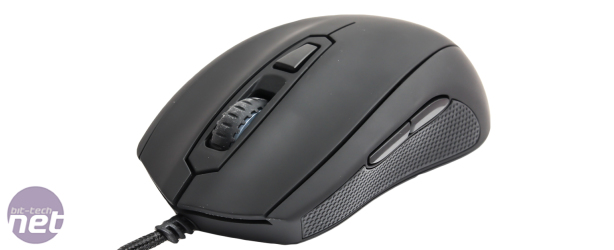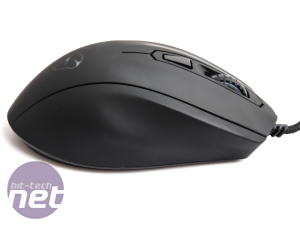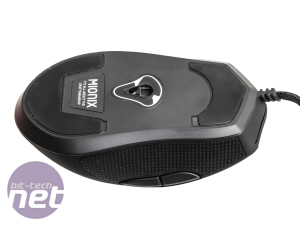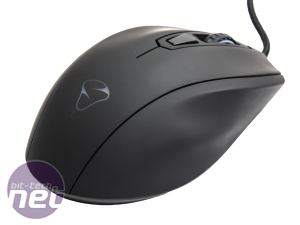
Mionix Castor Review
Manufacturer: MionixUK Price (as reviewed): £59.99 (inc VAT)
US Price (as reviewed): $69.99 (ex Tax)
When someone says Mionix to us we immediately think of sublime ergonomics and plenty of features and in many ways that's exactly what the company's new gaming mouse offers. The Castor is Mionix's new offering in a long line of excellent gaming mice and they've picked up more than one award here on bit-tech. For instance, the Naos 8200 wowed us with its excellent software suite and high levels of comfort.

Speaking to Mionix recently, the company told us it's looking to own the desktop experience, focussing on everything from the packaging to customisation so that products like the Castor are more than just a mouse. It's a familiar goal, and certainly on the craftsmanship side of things, Mionix is hard to beat and certainly for another of its goals, which was to cater for the ever more informed gamer, its reviews are largely glowing too.


The Castor is a change from the norm of comparatively large gaming mice from Mionix, though, as it's rather small - noticeably shorter - considerably so compared to the Logitech G402, and nearly a centimetre shy of the Razer Mamba 2015 Tournament Edition with only the simplistic Asus ROG Sica sitting in a smaller chassis. The result is a light mouse that, while it still sports a familiar high arch aiming to support your hand as much as possible, if you lean towards a palm grip and have average to large-sized hands, you may find your fingers tip over the edges of the buttons.


For claw and finger grip users, though, it's superb and in feel-terms the only thing that's missing is weight adjustment, although this is fairly rare in mice that cost less than £60. There's a large rubber thumb grip and slight grooves for your pinky and ring finger to sit in, although there's not as much support as mice in the Naos range - the Castor is primarily focussing on the small-handed or finger/claw grip users.

It's a relatively simple mouse in today's terms; you get a 2M braided cable, the standard twin thumb buttons, a single DPI toggle switch located behind the rubber-coated scroll wheel, with the latter offering near-silent scrolling with a fair degree of resistance that many people like - it's certainly more solid-feeling and quieter than the likes of the G402.
The scroll wheel also acts as the 6th programmable button too, in addition to the usual finger and thumb buttons plus the DPI toggle switch.
One bone we have to pick with the latter is that by default, there's no way to actually tell what the sensitivity is as you scroll through the three programmable settings. These are configurable between 50 and 10,000DPI in steps of 50 increments so there's a huge amount of flexibility here.
It also seems a shame that you can only apply three sensitivities as standard too. There is one way round this, which is to use the five profile slots, each of which can be set with three different sensitivities.

MSI MPG Velox 100R Chassis Review
October 14 2021 | 15:04








Want to comment? Please log in.